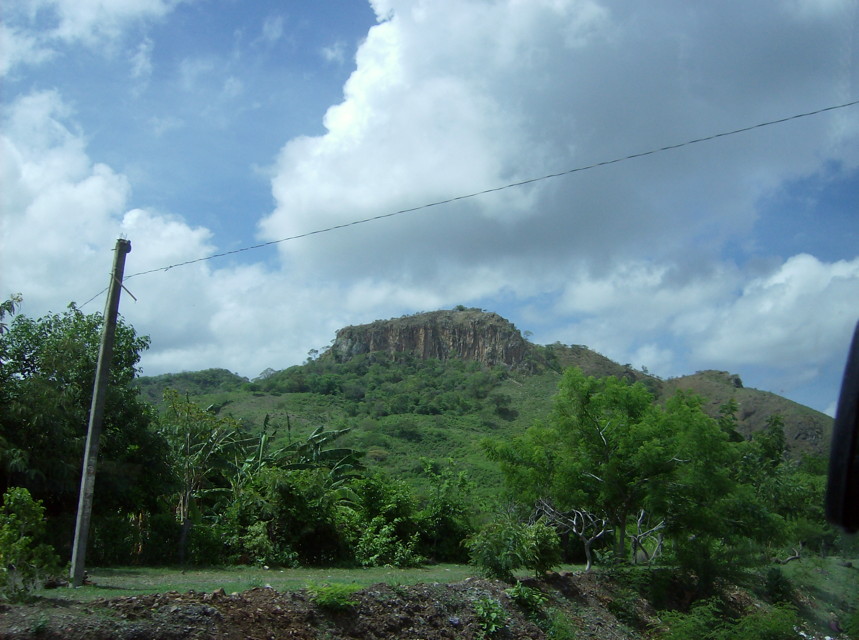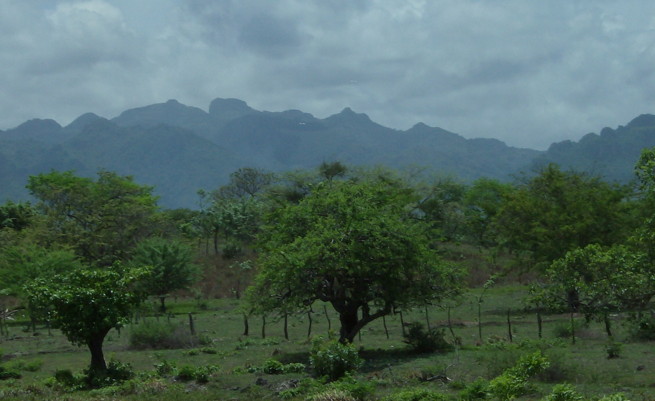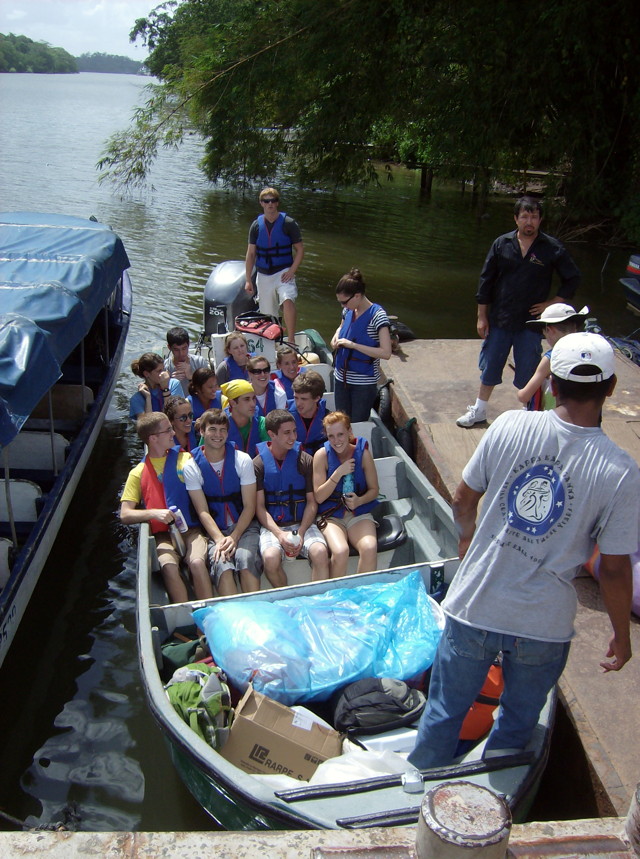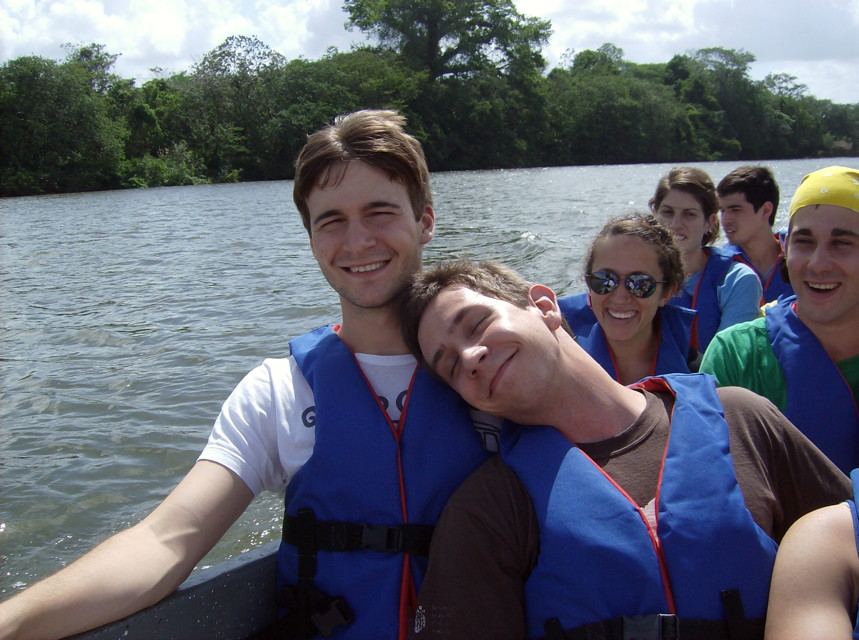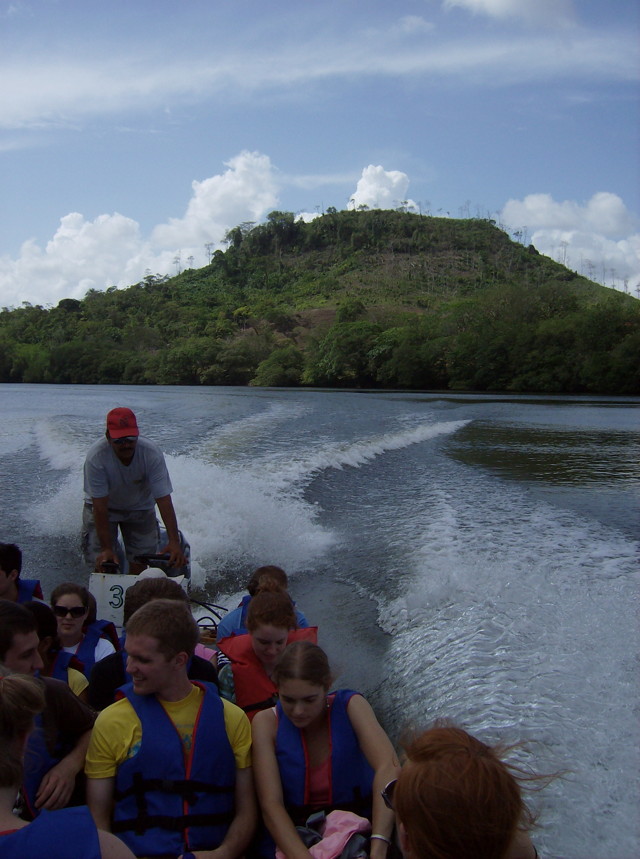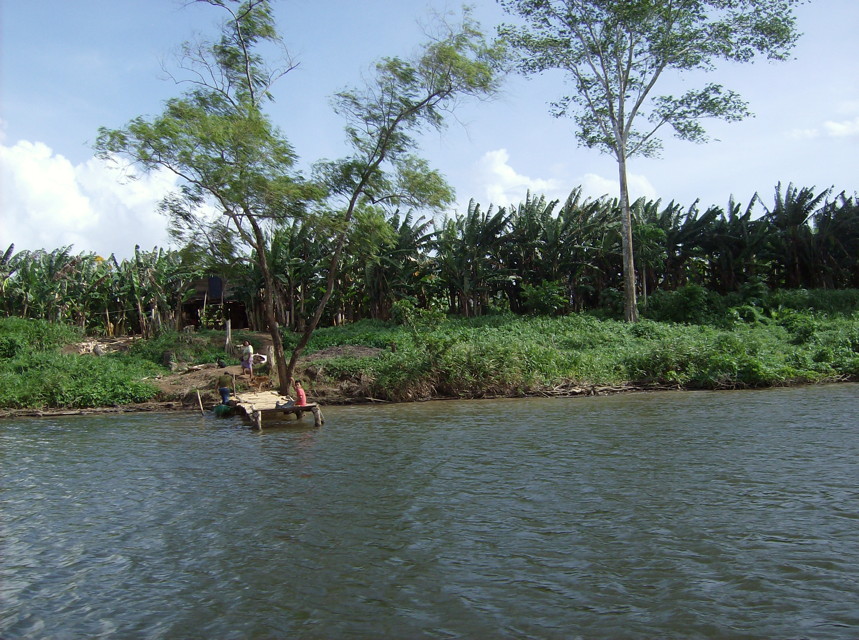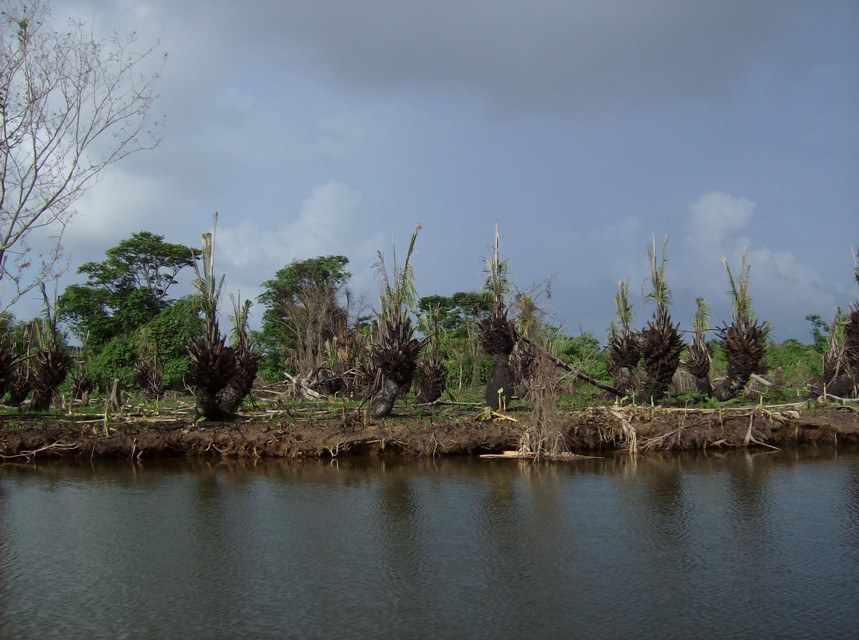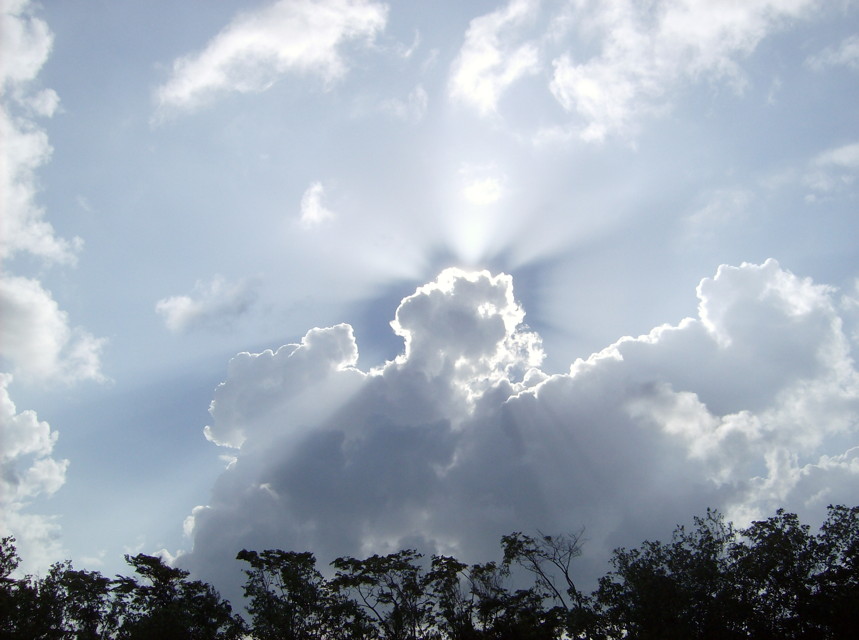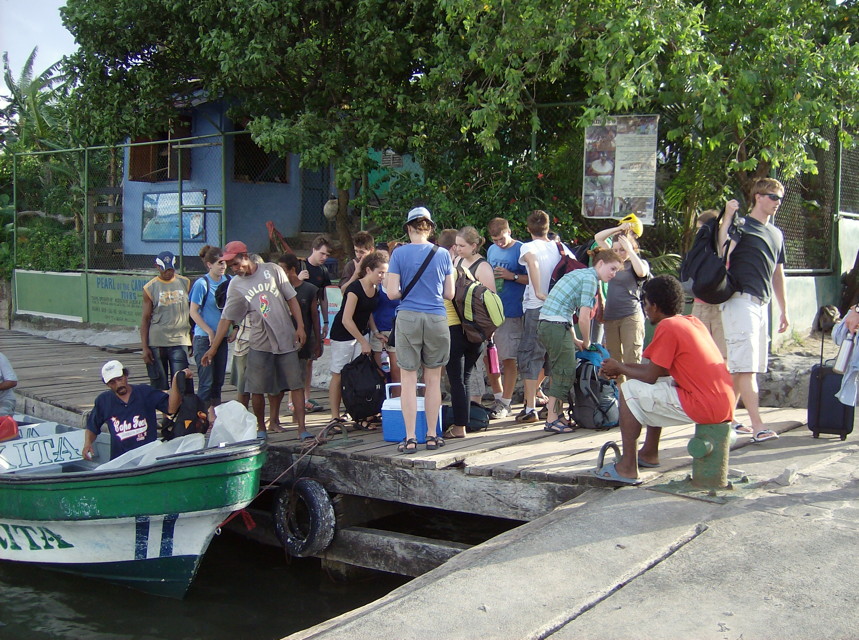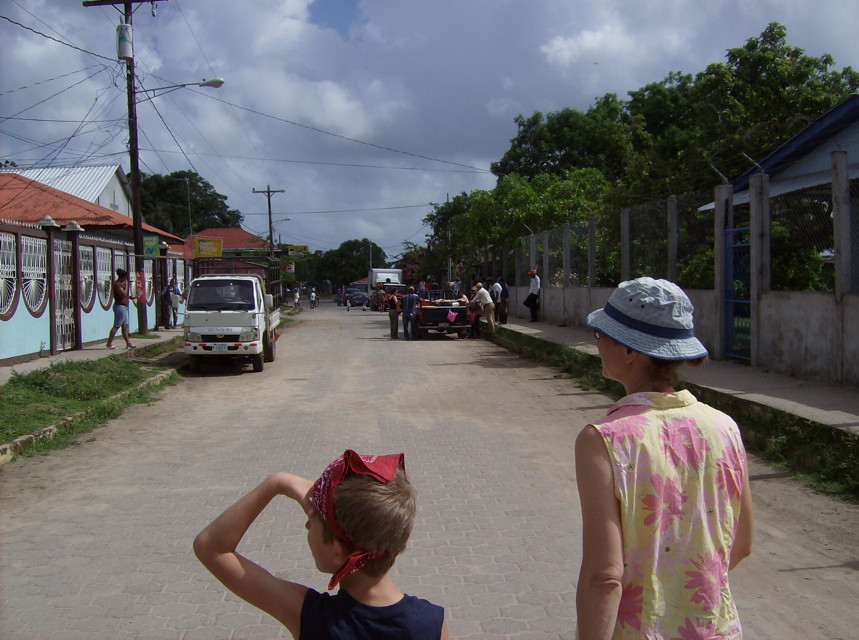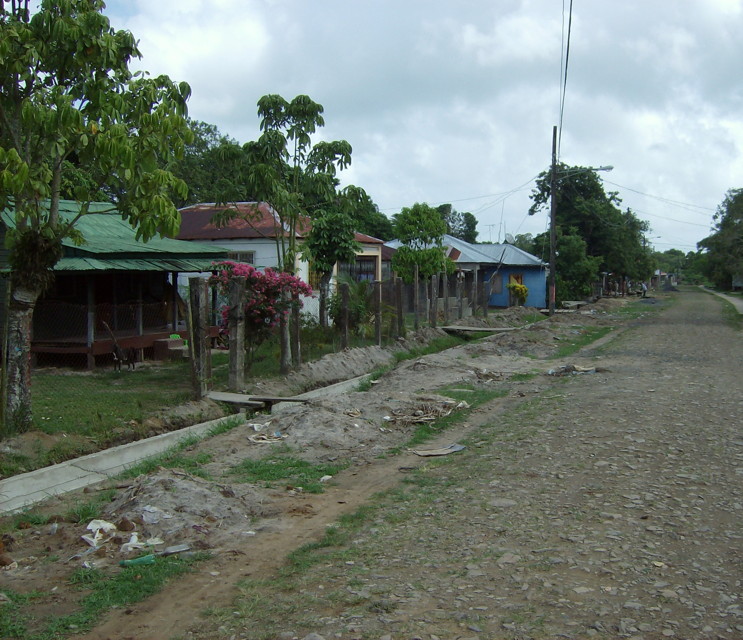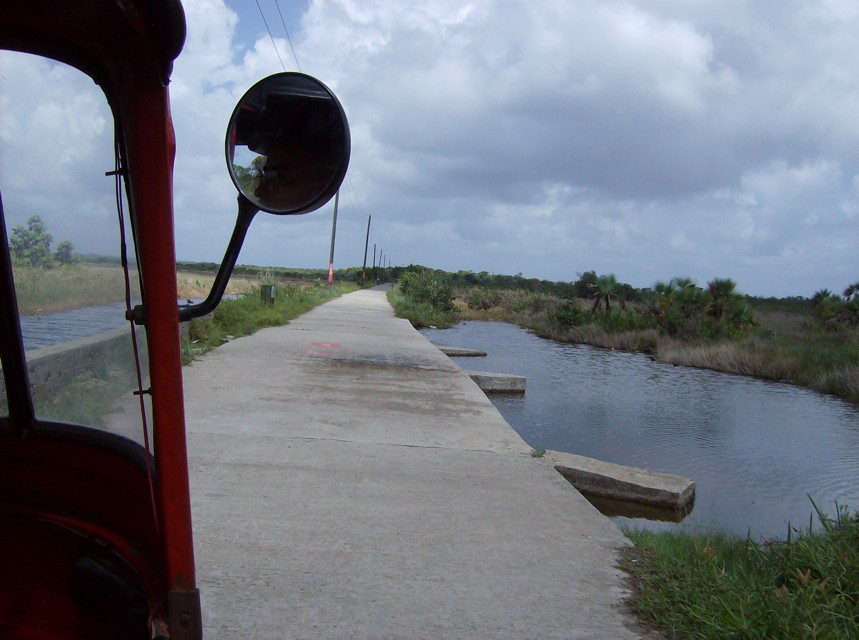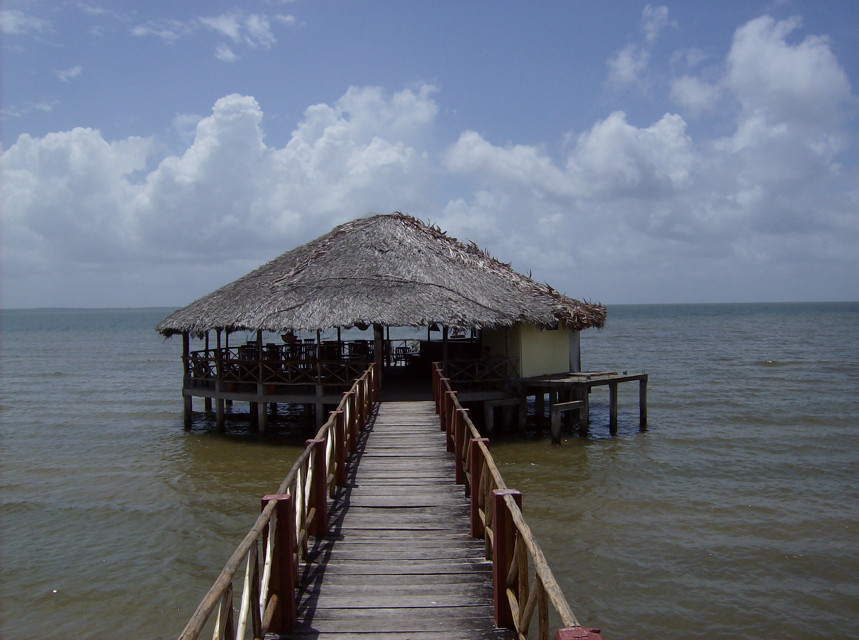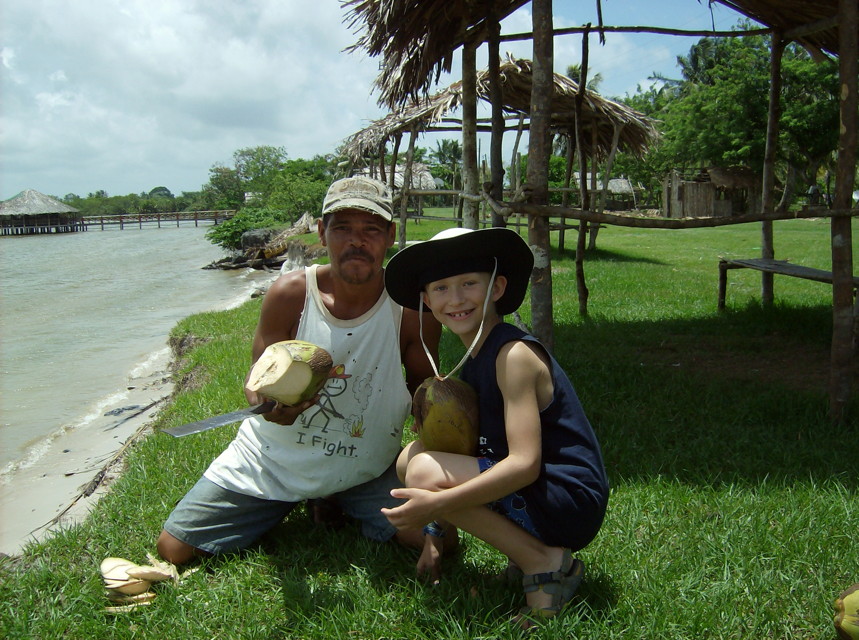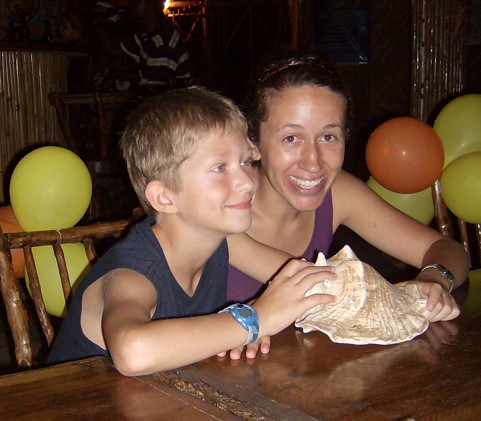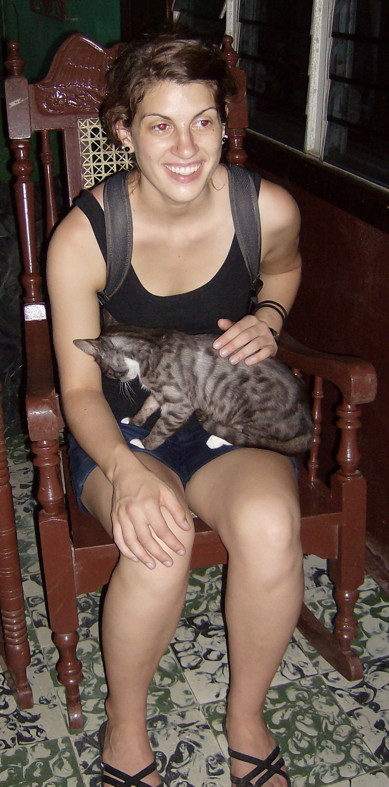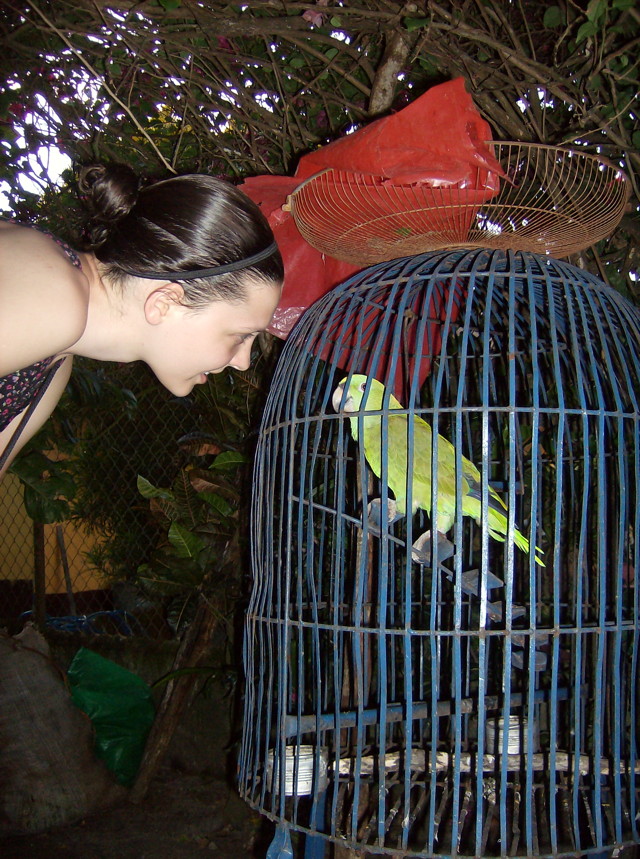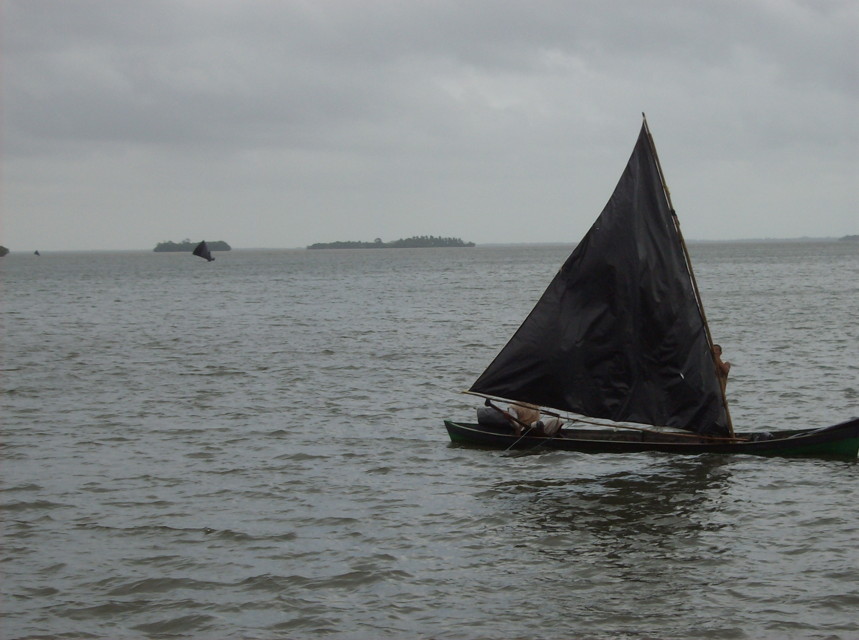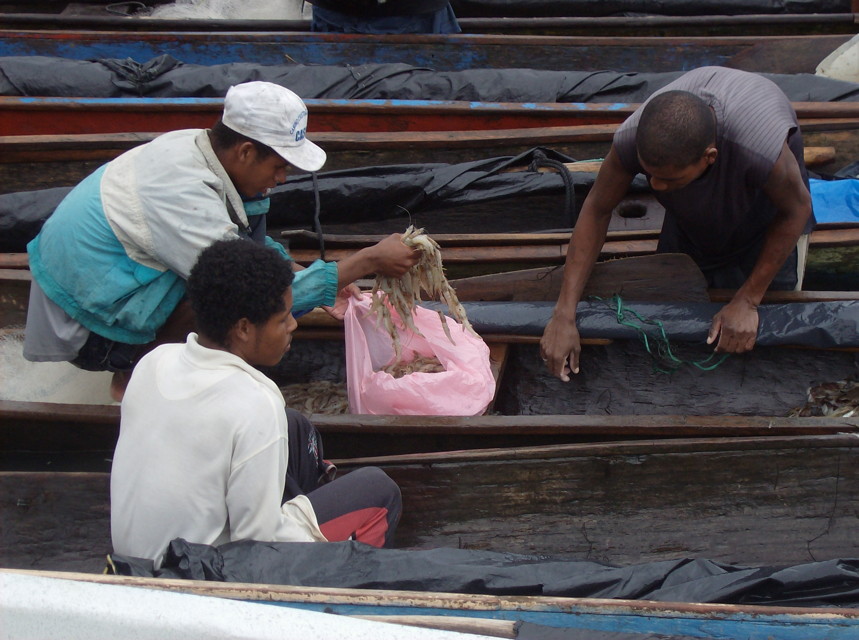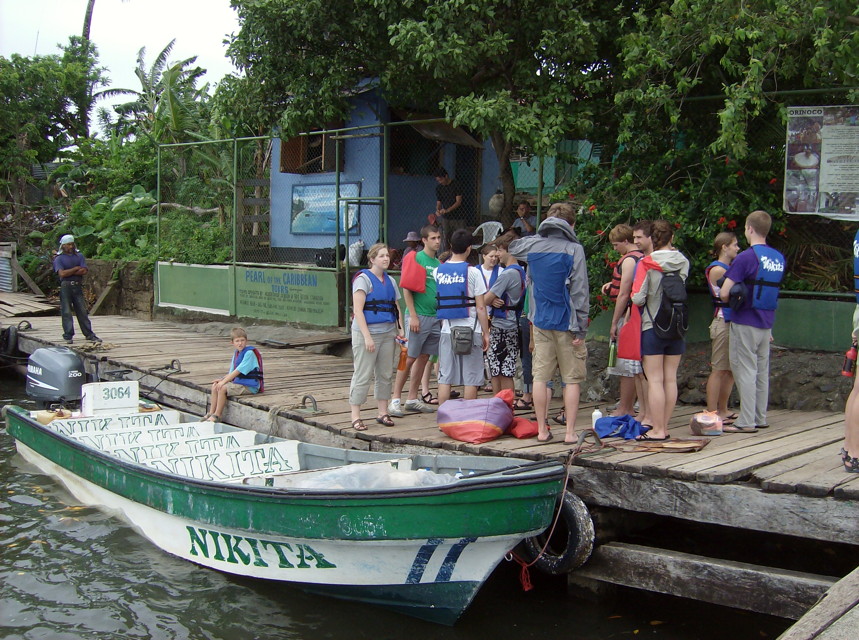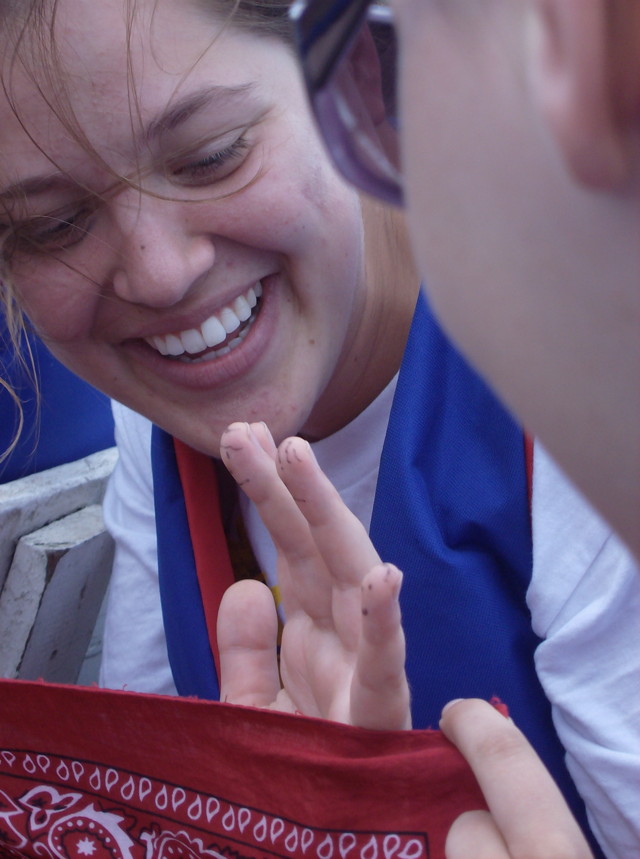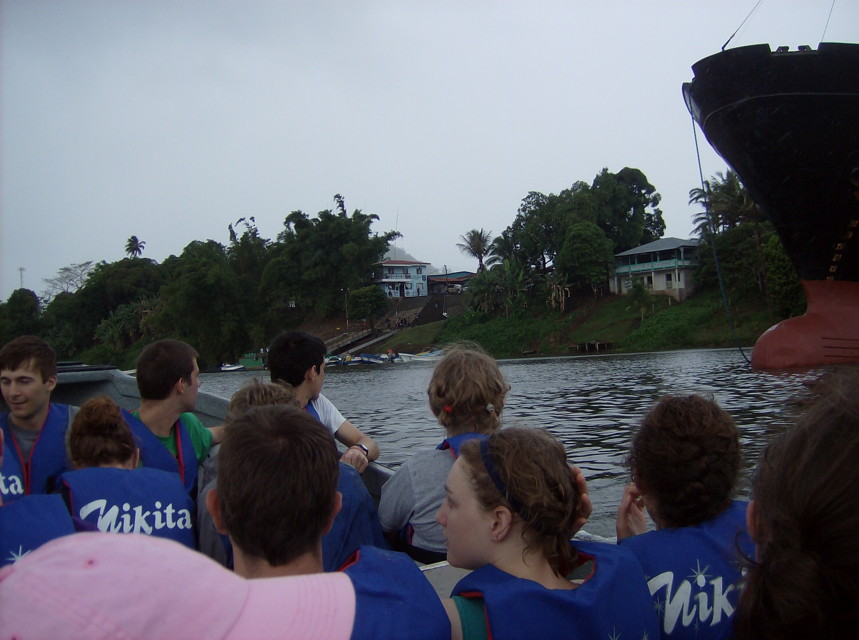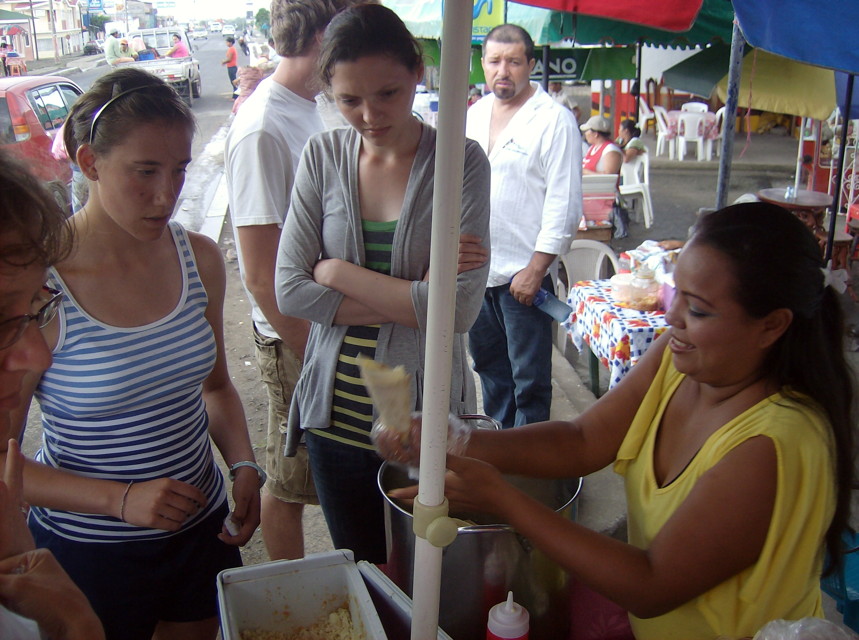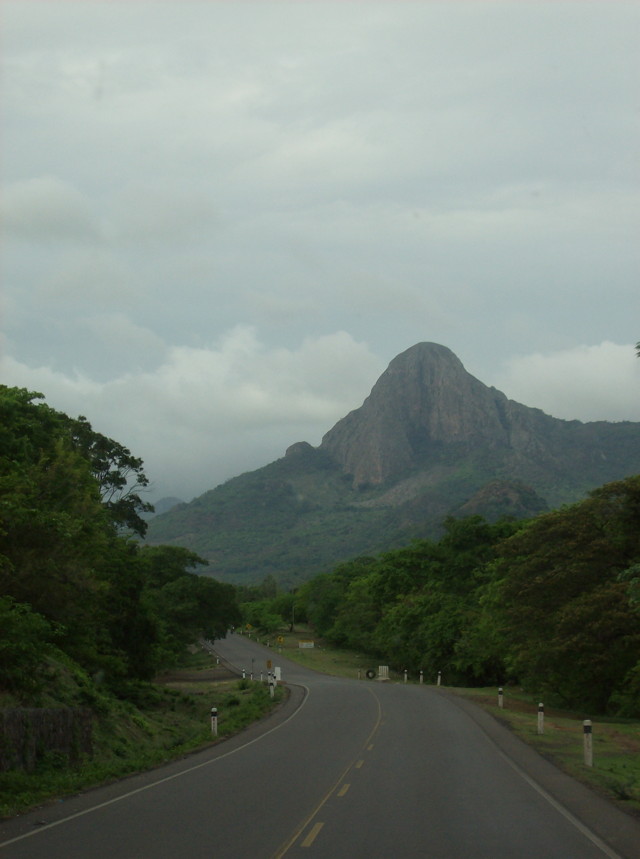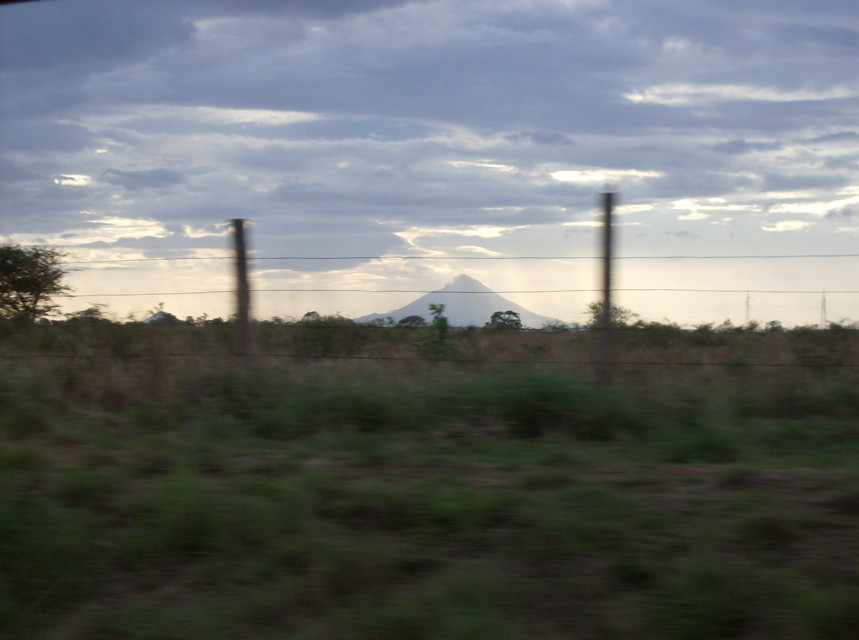The Caribbean Coast of Nicaragua

What a thrill to be the first SST group in 33 years to travel to the east coast of Nicaragua,to learn and experience first hand about 1) all the factors — including religion, terrain, racial/ethnic differences, and languages — that have served to keep the east and west coasts very separate over their 100+ years of being lumped into a shared fate as “Nicaragua”; 2) to enjoy the natural beauty of the tropical rain forests of the Caribbean coast; 3) to have some serious group bonding time; (Nothing builds team work more than being in an open boat on a river an hour from your destination, and having the driver hand you a clear, heavy-weight plastic tarp with the ominous words–“Rain’s a’coming.” Q: How many people does it take to hold a rain tarp covering a panga traveling at full speed? A: at least 13–the two people on each end of the 5 main rows, plus all three people in the very front row.) 4) To discover that gallo pinto tastes different when cooked with coconut milk rather than oil; and much, much, much more.
The physical journey started from Jinotepe (which FYI is a mere 30 km from the west coast) in a bus at 7 am Thurs, 5/13. We literally reached the end of the highway in El Rama 6+ hours later, after driving through the Sierra Amerrique mountains (cattle country), to reach the western edge of the tropical rain forest. In El Rama, we boarded our panga (speed motor boat) for a 2-hour trip along the Rio Escondido–destination? Pearl Lagoon/Laguna de Perlas/the Caribbean cost of Nicaragua. Here is a short video clip of Conrad singing during (and about) the boat ride (about 26 MB).
We all agree that our time on the east coast was too short. However, we were privileged to have Johnny Hudgson, a Creole who has been advocating and mobilizing on behalf of the East Coast autonomy movement for more than 30 years, share an engaging introduction to the history and political struggles of the east coast; to enjoy fresh seafood 3 out of 5 meals; and to have Dalena, our local country program coordinator welcome us to her home. We heard more English and Creole on the streets than Spanish; between us we drank 20 gallons of water in 40 hours (which had to be purchased and carried as individual gallons because the community of Pearl Lagoon does not have running water, and its well water isn’t potable); and we experienced the first rain of the east coast’s rainy season.
A theme from student journals reflecting on this field trip is that it has complexified their images and understandings of Nicaragua as a history, peeling back layers of culture they didn’t previously realize existed, or as one student wrote, “…completely shifting my view” of Nicaraguan history. So Wednesday (5/19), after a thoughtful lecture introducing us to Nicaraguan literature, we all nodded with new understanding during Q & A time, when the question was posed: What about the East Coast? These authors are all apparently from the West Coast. Who are the authors from the East?
